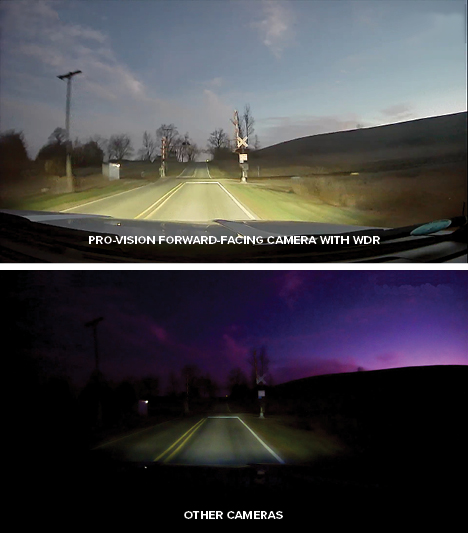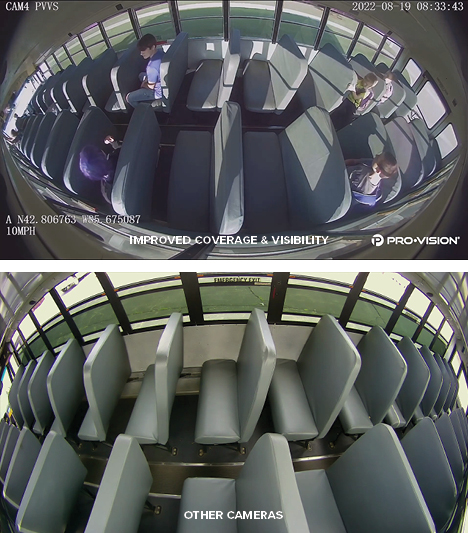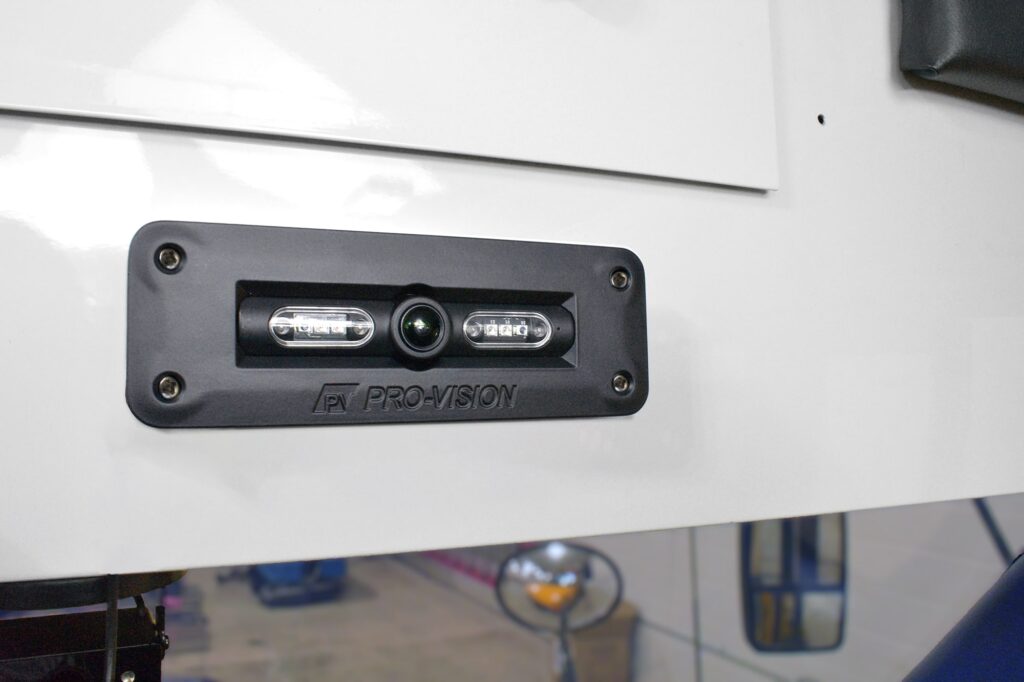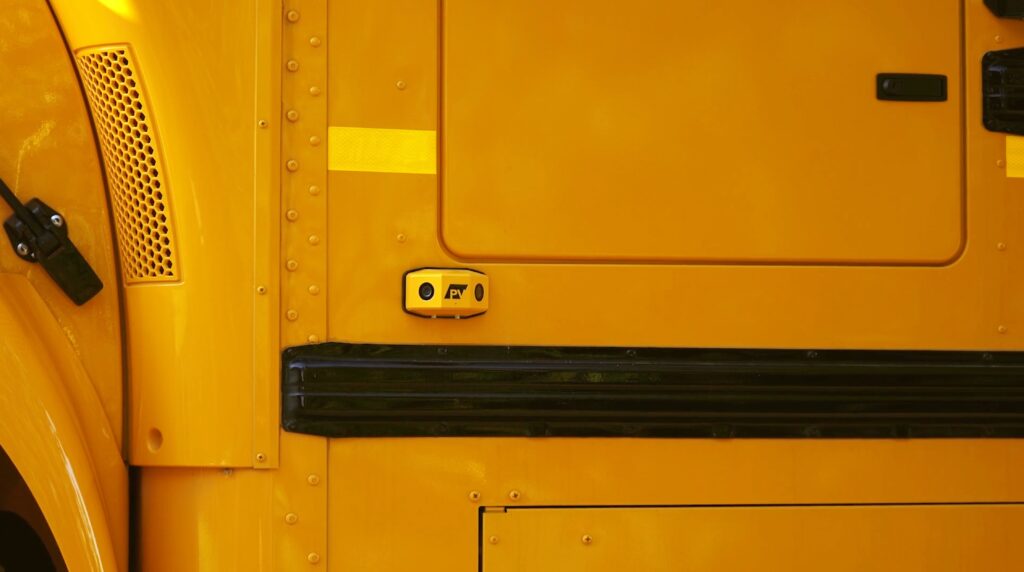
Top 5 Major Bus Camera Tech Innovations in the Last 5 Years
Life moves fast in the twenty-first century, and the same applies to school bus camera tech. In only the past five years, remarkable advancements have significantly enhanced safety and security.
Field-of-Vision Improvements
Field-of-vision improvements have played a vital role in enhancing the coverage and visibility provided by bus cameras. With wider camera views ranging from 10 to 30 degrees, these advancements allow for more comprehensive and detailed monitoring of activities inside the bus without needing more cameras.
The vertical and horizontal improvements have proven particularly beneficial in addressing challenges posed by high seat backs on buses. Field-of-vision improvements empower school administrators with a comprehensive view of the bus, enhancing safety and providing valuable insights into student behavior and driver performance.

Wide Dynamic Range Dash Cameras
Wide Dynamic Range (WDR) technology has significantly improved the low-light quality of dash cameras installed on school buses. These cameras can handle varying light conditions, ensuring details remain visible even in challenging environments.
The enhanced visibility provided by WDR allows for clearer identification of individuals and improved situational awareness for bus drivers and administrators. Whether during early morning or late afternoon hours, wide dynamic range dash cameras capture critical moments with exceptional clarity.

Flush-Mounted Interior Cameras
Flush-mounted interior cameras have emerged as a significant advancement in enhancing safety and security on school buses. One key advantage is the elimination of head hazards posed by protruding cameras, which has become a legal concern in some states, such as Iowa. By seamlessly integrating into the bus interior, these cameras comply with regulations and minimize the risk of accidents or injuries.
Flush-mounted cameras offer increased tamper resistance, making them less vulnerable to vandalism. School administrators can have peace of mind knowing that the cameras are securely in place and functioning as intended. With a sleek and inconspicuous design, these cameras blend into the bus environment while capturing crucial footage.

Cloud Storage & Video Management
Handling files has become a headache for many with the recent changes in free storage for education by platforms like Google. However, with cloud storage, administrators can now save time and avoid the hassle of managing physical files. Additionally, system health audits are no longer needed as cloud storage ensures data integrity and security.
The days of relying on flash drives or SD cards to share or download video files are gone. Cloud storage provides a seamless and efficient way to access and share video footage, eliminating the need for physical storage devices. This streamlined approach simplifies video management and ensures easy access to critical information when needed.

AI Stop Arm Cameras
AI stop arm cameras are revolutionizing the world of school bus safety. With the power of machine learning, these advanced cameras can automatically detect illegal passing incidents, providing a reliable solution to address this dangerous behavior. Gone are the days of relying on drivers to manually mark events with an “event button” to capture violations.
The integration of AI technology keeps drivers focused on their primary responsibility of ensuring the safety of students. At the same time, the camera system works tirelessly to identify and record violations, ensuring a comprehensive and accurate record of any illegal passing incidents.

What’s Next?
The last five years have witnessed remarkable advancements in bus camera tech. Cloud storage has alleviated headaches for school administrators in simplifying video management. From AI stop-arm cameras and flush-mount interior cameras to wide dynamic range dash cameras and field-of-vision improvements, these developments have enhanced bus cameras’ effectiveness and improved situational awareness for drivers and administrators. Where will the technology go from here?